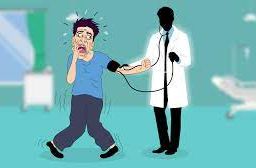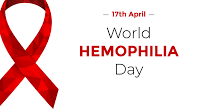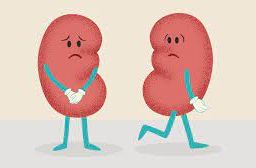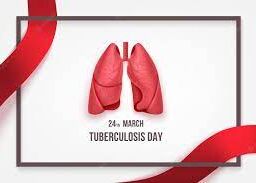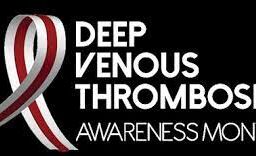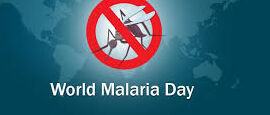
World Malaria Day: How You Can Help: Support the Fight Against Malaria
As World Malaria Day approaches, it’s crucial to understand the gravity of this global health issue. Malaria, transmitted by infected mosquitoes, continues to claim lives, particularly in regions like sub-Saharan Africa. Join us in raising awareness and learning about the ongoing efforts to combat this deadly disease.
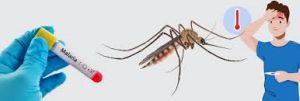
Malaria is a life-threatening disease caused by parasites transmitted to people through the bites of infected female Anopheles mosquitoes. It is a major public health concern, particularly in sub-Saharan Africa, where it is responsible for the deaths of hundreds of thousands of people every year.
World Malaria Day: Overview
This day, observed annually on April 25th, is an occasion to raise awareness about the global effort to control and eliminate malaria. Malaria is a life-threatening disease that is caused by parasites transmitted to humans through the bites of infected female Anopheles mosquitoes. The disease is prevalent in tropical and subtropical regions of the world, including sub-Saharan Africa, Asia, and Latin America. According to the World Health Organization (WHO), there were an estimated 229 million cases of malaria worldwide in 2019, resulting in 409,000 deaths.
Symptoms of Malaria
The symptoms of malaria typically appear 10-15 days after the mosquito bite and include fever, chills, headache, muscle pain, and fatigue. In severe cases, malaria can cause anemia, respiratory distress, kidney failure, seizures, and coma. Children under the age of five and pregnant women are particularly vulnerable to the disease.
Causes of Malaria
It is caused by Plasmodium parasites that are transmitted to humans through the bites of infected mosquitoes. There are four species of Plasmodium that can cause malaria in humans: P. falciparum, P. vivax, P. ovale, and P. malariae. Of these, P. falciparum is the most deadly and responsible for most malaria-related deaths worldwide.
Treatment of Malaria
The treatment depends on the severity of the disease and the species of Plasmodium involved. In general, malaria can be treated with antimalarial drugs such as chloroquine, artemisinin-based combination therapies (ACTs), and quinine. However, drug-resistant strains of malaria have emerged in many parts of the world, making treatment more challenging. Prevention is key to controlling the spread of malaria. This includes using insecticide-treated bed nets, spraying insecticides indoors, and taking antimalarial drugs prophylactically before traveling to areas where malaria is endemic. Vaccines are also being developed to prevent malaria, but none have been approved for use yet.
The Current State of Malaria
Despite significant progress in the fight against malaria, the disease remains a major public health challenge. According to the World Health Organization (WHO), there were an estimated 229 million cases of malaria worldwide in 2019, with 409,000 deaths. Most of these deaths occurred in sub-Saharan Africa, where children under the age of five are the most vulnerable. The COVID-19 pandemic has further complicated efforts to control and eliminate malaria. The disruption of essential health services, including malaria prevention and treatment, has led to an increase in malaria cases and deaths in some countries. However, the global health community remains committed to the fight against malaria.
World Malaria Day: The Way Forward
The theme is “Zero Malaria – Draw the Line Against Malaria”. This theme reflects the global goal of ending malaria for good. To achieve this goal, countries must continue to invest in malaria prevention and control measures, including the use of insecticide-treated bed nets, indoor residual spraying, and prompt diagnosis and treatment of malaria cases. In addition, research and development efforts must continue to develop new tools and strategies to combat malaria. This includes the development of new drugs, vaccines, and diagnostic tools, as well as innovative approaches to mosquito control.
This is an opportunity to renew our commitment to the fight against malaria. While progress has been made, there is still much work to be done to eliminate this deadly disease. By investing in prevention and control measures, and by continuing to innovate in the fight against malaria, we can draw the line against malaria and achieve a world free from this devastating disease.
Disclaimer: The information provided in this content is for general informational purposes only. It is not intended as medical or healthcare advice, diagnosis, or treatment. Always seek the advice of a qualified healthcare professional with any questions you may have regarding a medical condition or healthcare decisions.


